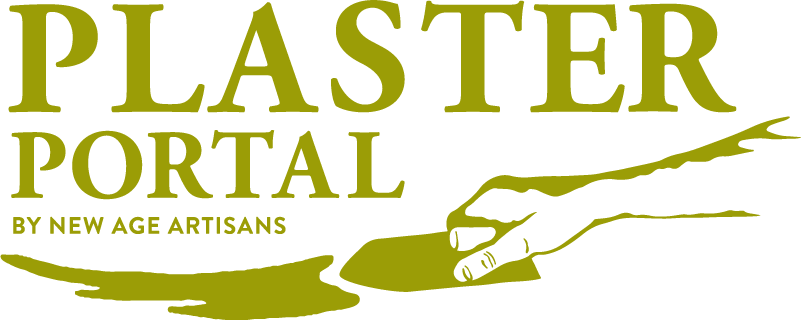Tadelakt is a traditional Moroccan plastering technique that dates back centuries. It originated in the Marrakech region of Morocco and has been used for centuries to waterproof and decorate various surfaces. The word "tadelakt" comes from the Berber language, meaning "to rub" or "to knead."
The history of tadelakt can be traced back to the 11th century when it was first developed by the Berber tribes of Morocco. It was initially used to waterproof cisterns and hammams (traditional Moroccan bathhouses). The technique gradually gained popularity and spread throughout Morocco, becoming a widely used method for finishing walls, floors, and other surfaces.
Tadelakt gained recognition not only for its functional properties but also for its aesthetic appeal. The smooth, polished finish of tadelakt creates a unique texture and appearance that is highly valued in traditional Moroccan architecture and design. It became a popular choice for decorating riads (traditional Moroccan houses) and other high-end buildings.
Over time, tadelakt has evolved and adapted to modern construction practices. While it still maintains its traditional methods and materials, such as lime plaster and natural pigments, contemporary techniques and tools have been incorporated to enhance its application and durability.
Today, tadelakt continues to be a significant part of Moroccan culture and architecture. It is appreciated not only for its beauty but also for its sustainable and eco-friendly nature. The craftsmanship and skill required to achieve a flawless tadelakt finish have been passed down through generations, ensuring the preservation of this ancient technique.
